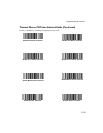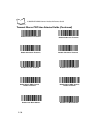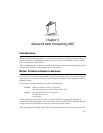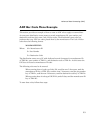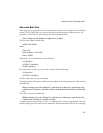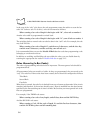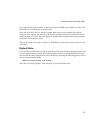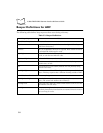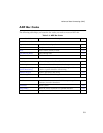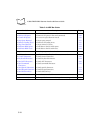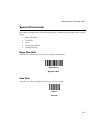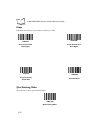
3-5
Advanced Data Formatting (ADF)
Alternate Rule Sets
ADF rules may be grouped into one of five alternate sets that can be turned on and off when
needed. This is useful when you want to format the same message in different ways. For
example, a Code 128 bar code contains the following information:
Class (2 digits), Stock Number (8) digits, Price (5 digits)
This bar code might look like this:
245671243701500
where:
Class = 24
Stock Number = 56712437
Price = 01500
Ordinarily you would send this data as follows:
24 (class key)
56712437 (stock key)
01500 (enter key)
But, when there is a sale, you may want to send only the following:
24 (class key)
56712437 (stock key)
and the cashier keys the price manually.
To implement this, first enter an ADF rule that applies in the normal situation. This rule may
look like this:
When scanning a bar code of length 15, send the next 2 characters, send the class key,
send the next 8 characters, send the stock key, send the data that remains, send the Enter
key.
The “sale” rule may look like this:
When scanning a bar code of length 15, send the next 2 characters, send the class key,
send the next 8 characters, send the stock key.
To switch between the two sets of rules, a “switching rule” must be programmed. This rule
specifies what type of bar code must be scanned to switch between the rule sets. For example,



